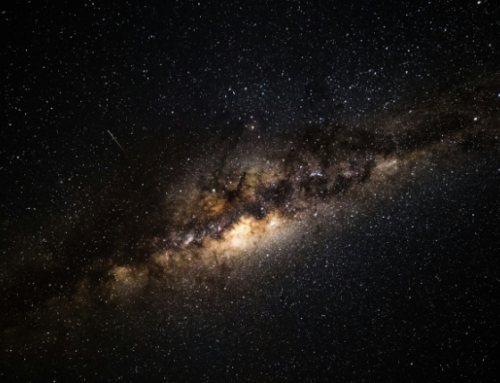Female scientists have always been an essential, but underrepresented, backbone of the space industry. Their contributions have helped shape the spacecraft and strategies that revolutionized space exploration and have enabled us to see beyond our world. In the process, they have also inspired young female scientists to become interested and active in the sciences and the aerospace fields.
As NASA’s female scientists like Vandi Verma showcased their talent during the recent Perseverance mission, their critical presence highlights the need to expand representation and inclusion within the industry. Not only that, seeing women at the forefront of recent missions can inspire more of today’s girls to study STEM subjects and boost diversity in the space sector. While the industry is traditionally male-dominated, Verma believes more female representation can expand people’s minds about who can be an engineer and scientist. She hopes that the high profile of women in the latest Mars mission will motivate young women to consider the
Verma herself is operating the most advanced astrobiology lab ever to be sent within our galaxy as it currently seeks ancient microbial life on the Red Planet. As a child, there were only a few females advertised as being part of the space industry (though we know more of female contributions to the field today). Instead, for girls like Verma, her inspiration came from sci-fi TV series like Star Trek. Even when she started her career at NASA in 2004, there was often only one female engineer in the room. But now things are changing.
NASA plans to land the first woman on the Moon by 2024 and is on a mission to grow diversity within its ranks. According to the space agency, women made up 34 percent of the workforce in 2019 and only held 18 percent of senior scientific positions, triple the figure a decade prior. It’s exciting to see more women applying to these jobs and it also helps build more creative and diverse teams that can better innovate, but today’s professional women still seek to encourage more women to enter STEM professions as there is more room for improvement.
Female Role Models
Sally Ride, the first American female astronaut in space, once said, “You can’t be what you can’t see,” in direct reference to female representation in the space industry.
British space engineer Vinita Marwaha Madill, the founder of Rocket Women, says that “Seeing someone that looks like you allows you to believe that it’s possible to achieve your goals.”
She aims to encourage women to join STEM careers. She believes that role models are vital to more women entering these fields. Madill’s own passion for joining the space industry came after watching Helen Sharman become the first British astronaut to enter space in 1991. According to WISE, an organization that aims to improve the number of women in STEM careers, women make up a quarter of people working in STEM in Britain, excluding medicine. In engineering, women account for merely 10 percent of the workforce.
Madill’s role is to ensure that stereotypes are changed so that girls stay within the STEM fields if they choose. Currently, girls as young as 11 years old move away from the field due to the stereotype that it’s a male-dominated field.
One way to motivate girls into these fields is to harness their desire to impact and influence positive change across the globe. Often there is a disconnect between young women who want to make a difference in the world and knowing that they could make a big difference through a career in science and engineering. While men are very visible in these roles, the representation of these positions in mainstream media doesn’t fully reflect all the available job roles in STEM and also doesn’t often showcase women in these roles. These space industry scientists seek to expand our horizons of how we include girls in the conversation within the STEM fields. As we embrace diversity and open the door to creating a more gender-equal workforce, we can develop our innovative tools and practices within the space sector and expand our horizons further into the stars, too.






